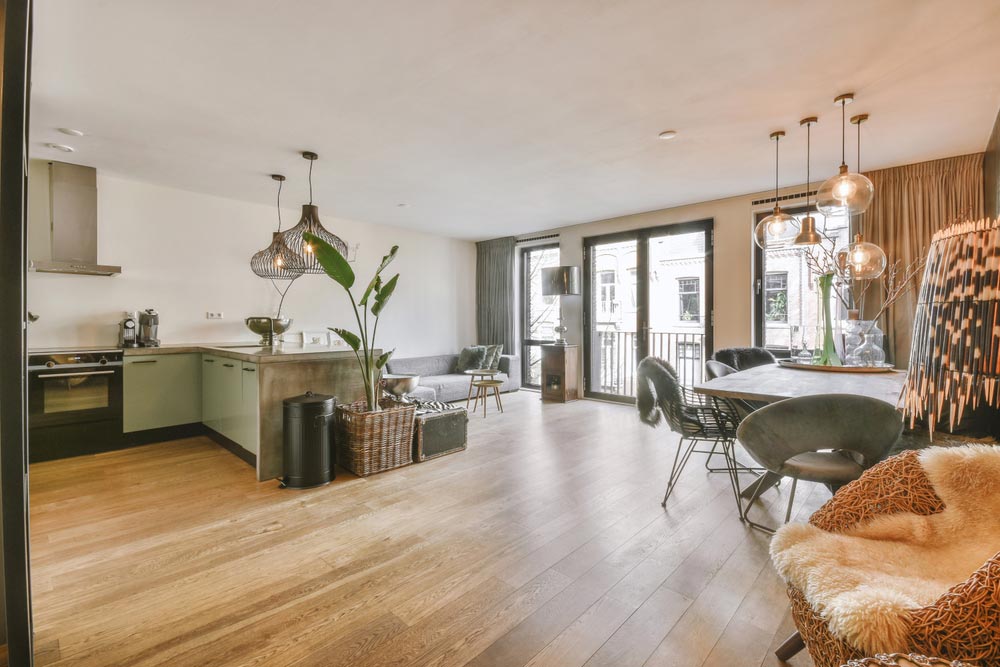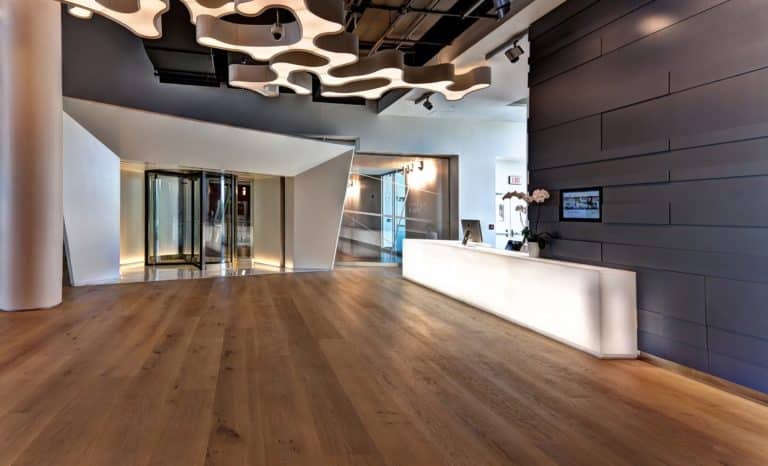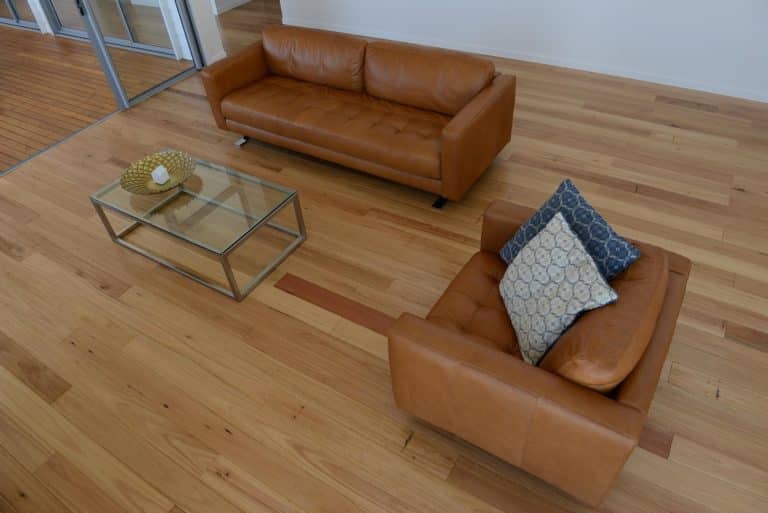Are you planning to install timber flooring in your Gold Coast home but are not sure whether to choose a floating or fixed installation method? The decision can impact not only how your floors feel underfoot but also how they perform in a coastal environment with humidity, temperature variation, and changing lifestyle needs.
Timber flooring offers a timeless, natural appeal that suits both modern and traditional interiors. However, knowing the difference between floating and fixed installations can help you make a more informed choice for your home. In this blog, we’ll break down how each installation method works, where each is best suited, and what factors to consider when making your decision.
Timber Flooring on the Gold Coast: Built for Local Conditions
The Gold Coast’s subtropical climate is known for its warm summers, high humidity, and occasional heavy rainfall. These environmental conditions can influence how timber responds over time. Timber is a natural material—it expands and contracts with moisture and temperature changes—so choosing the right installation method is important for long-term stability and performance.
That’s why working with a local timber flooring expert who understands regional conditions is just as important as selecting the right type of timber.
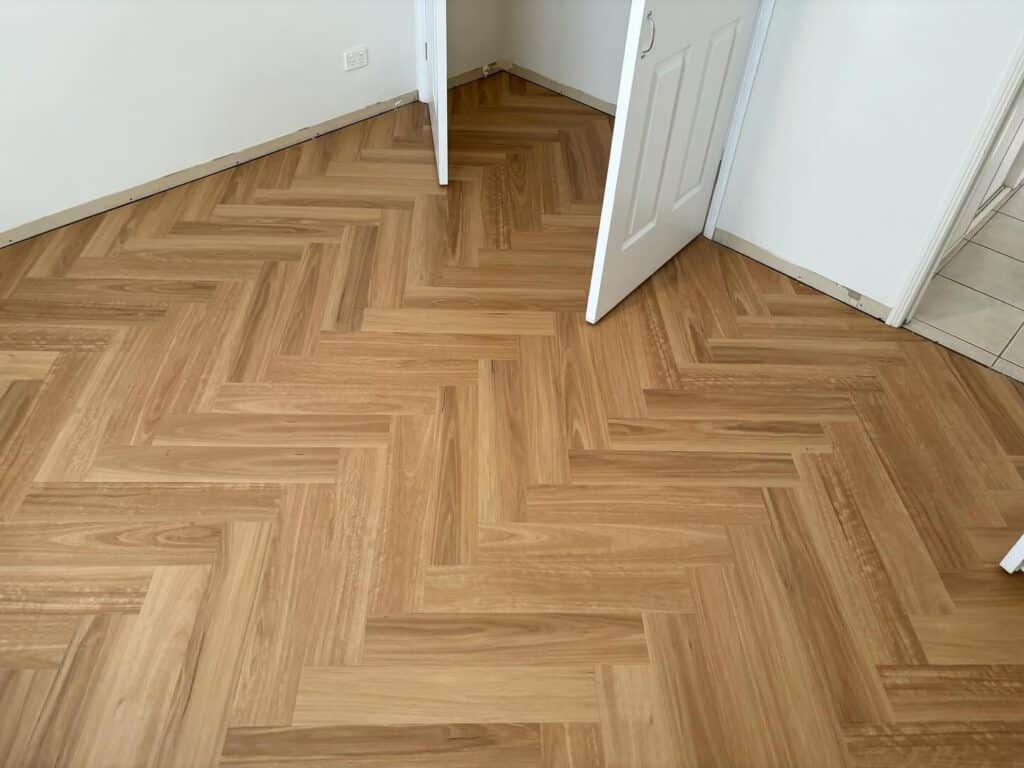
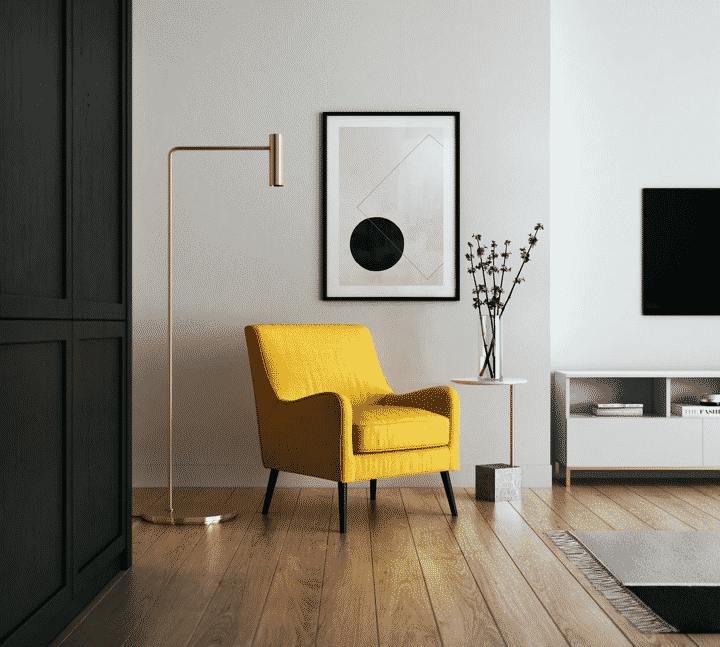
What Is a Floating Timber Floor?
A floating timber floor is not fixed to the subfloor beneath it. Instead, the floorboards are reinstalled over an underlay, and the planks interlock or are glued together to form a stable surface. The floor “floats” over the base, with a small expansion gap left around the perimeter to accommodate natural movement.
How It Works
- Installed over concrete, tile, or existing flooring.
- Uses a click-lock or tongue-and-groove system.
- Rests on a foam or rubber underlay for cushioning and insulation.
Floating floors are commonly used in residential applications, particularly where time, cost, or flexibility are key considerations.
What Is a Fixed Timber Floor?
A fixed floor, also known as a direct stick installation, involves adhering each floorboard directly to the subfloor using specialised adhesives. This method creates a more permanent connection and reduces movement across the floor surface.
How It Works
- Boards are glued or nailed directly to a prepared subfloor.
- Often sanded and sealed on-site for a smooth finish.
- Can be installed over concrete slabs or plywood sheeting.
Fixed timber floors offer a more solid feel underfoot and are often chosen for their premium finish and durability.
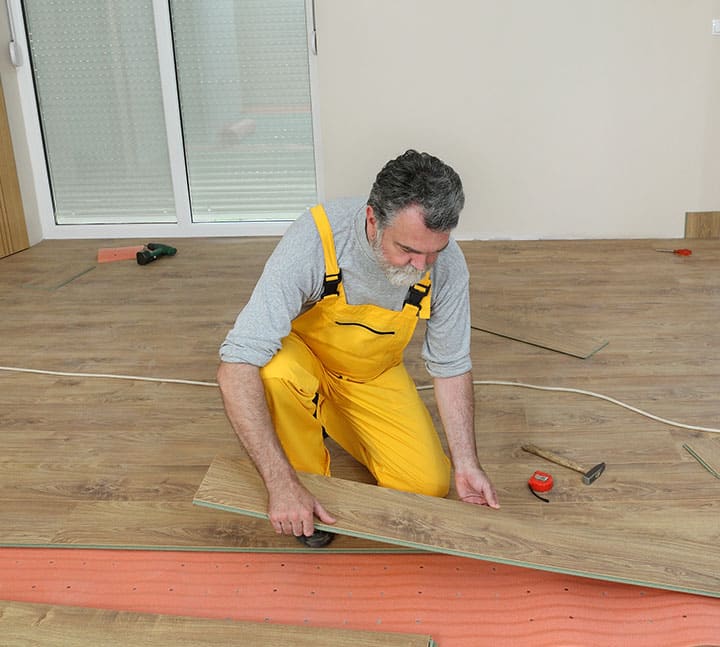
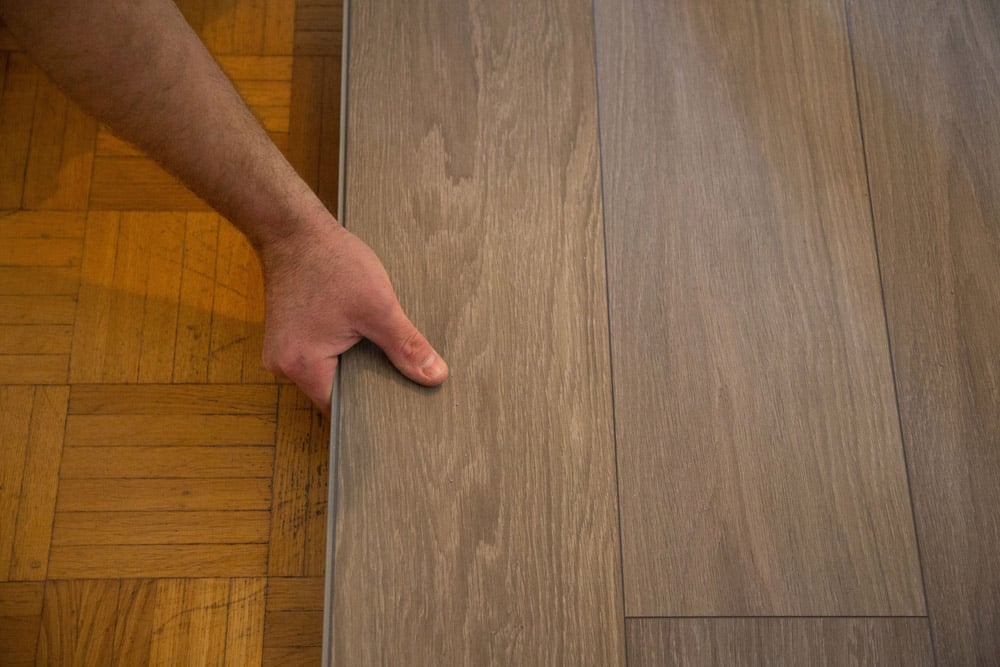
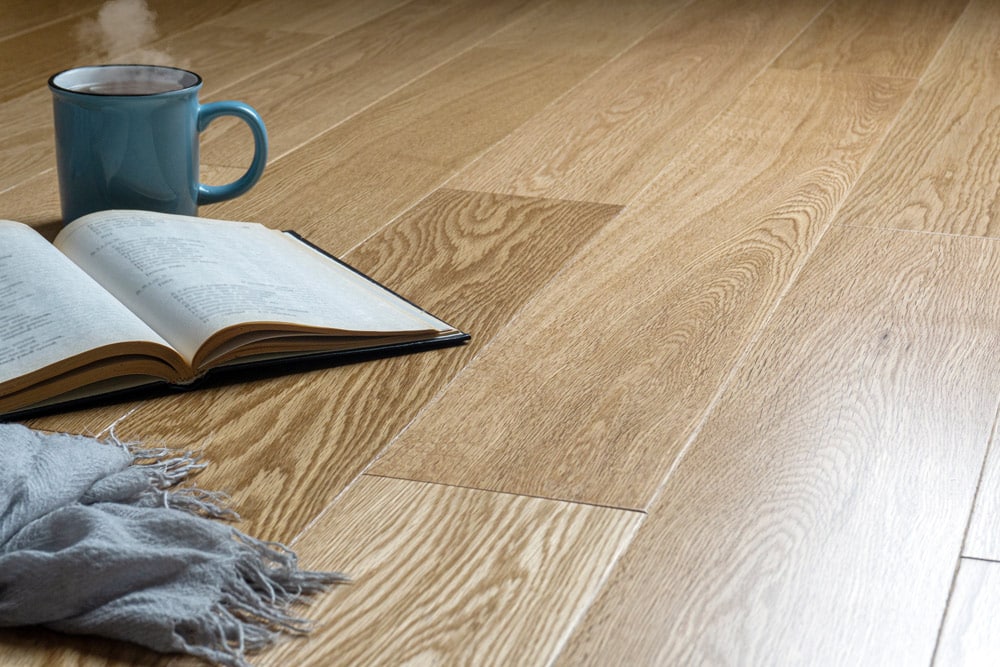
Comparing Floating & Fixed Timber Floors
While both floating and fixed timber floors can deliver beautiful results, the difference lies in how they perform in day-to-day life and over the long term.
Feel & Acoustics
Fixed floors tend to feel more solid and quieter underfoot because of their direct connection to the subfloor. Floating floors may produce a slightly hollow sound, especially in larger spaces or high-traffic areas, though quality underlay can minimise this.
Installation Time & Flexibility
Floating floors are generally quicker to install and can often be walked on shortly after fitting. They’re ideal for renovation projects where you want to retain existing subflooring or minimise disruption. Fixed floors may take longer to install and require more preparation, but provide a long-term, tailored finish.
Cost Considerations
Floating floors are typically more cost-effective due to reduced labour and preparation requirements. Fixed floors involve more adhesive and subfloor preparation, which may increase installation costs, but they also offer enhanced stability and longevity.
Moisture Resistance
In a humid climate like the Gold Coast, movement in timber is natural. Floating floors can expand and contract more freely due to their independent installation, making them suitable for changing conditions. However, this also means they may require expansion trims or careful planning in larger spaces. Fixed floors are more resistant to movement if installed correctly, but need strict moisture control during and after installation.
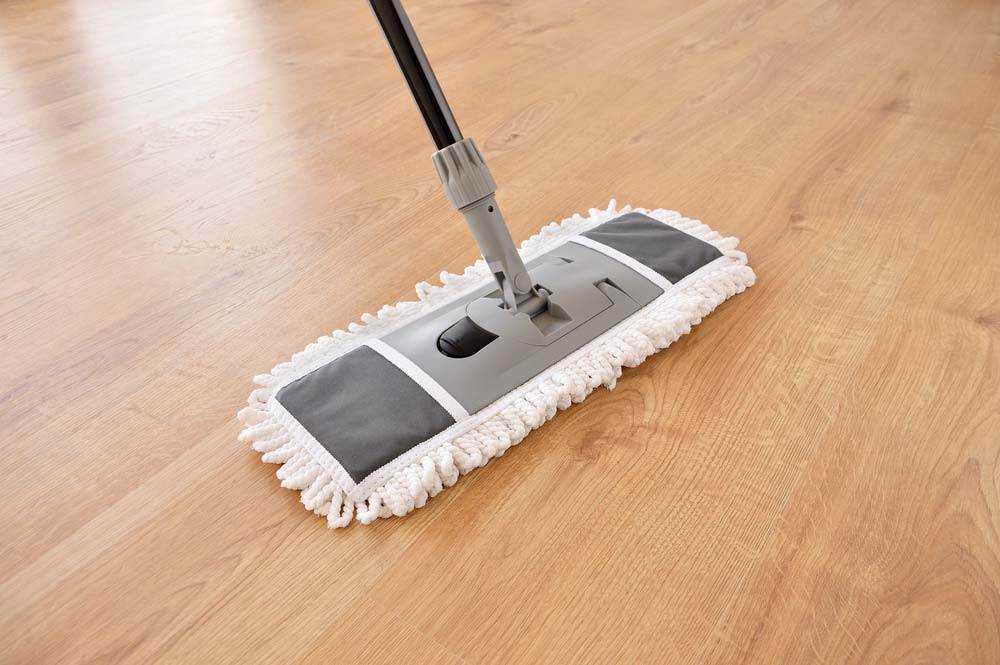
Which Installation Method Is Right for Your Home?
Choosing between floating and fixed timber flooring depends on your lifestyle, home structure, and design goals.
Floating Floors May Be Ideal If:
- You’re renovating and want a quicker installation.
- You need to install over existing flooring.
- You’re working within a tighter budget.
- You value flexibility and want the option to replace flooring in the future.
Floating floors suit apartments, secondary dwellings, or spaces where underfloor noise insulation is a priority. Their versatility makes them a popular choice for growing families or first-time home buyers.
Fixed Floors May Be Better If:
- You want a seamless, high-end finish.
- You prefer a more solid, stable feel underfoot.
- Your home has a well-prepared concrete or plywood subfloor.
- You’re investing in a long-term home and prioritising quality.
Fixed installations are ideal for forever homes or properties where performance, longevity, and design continuity are important.
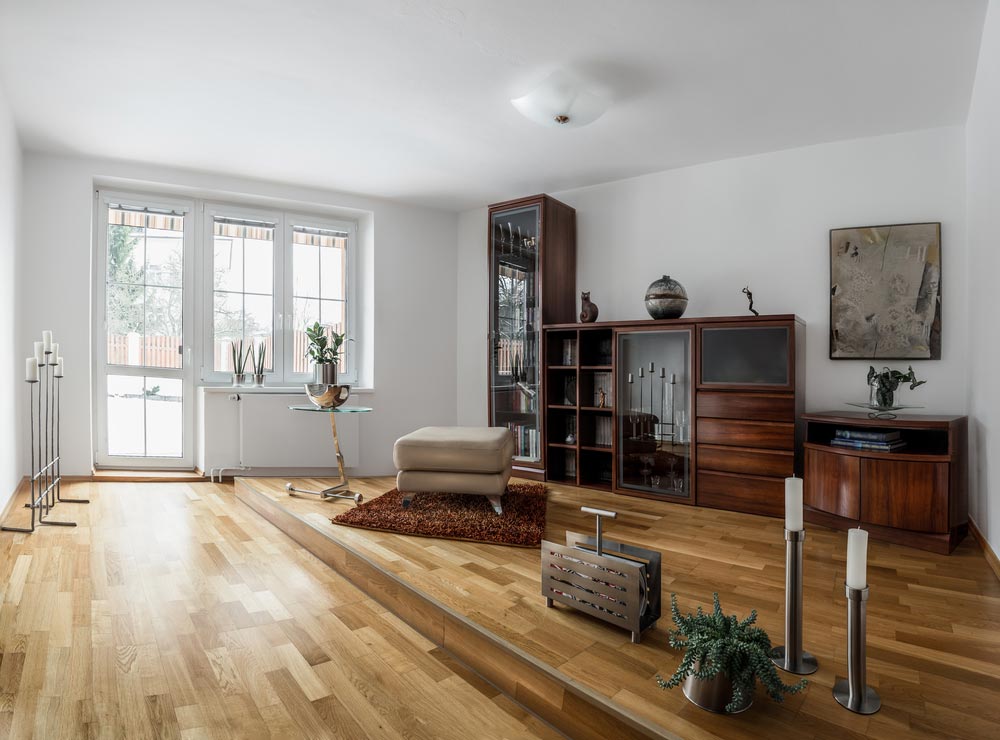
Custom Timber Flooring Advice for the Gold Coast
The success of your timber floor installation doesn’t just depend on product selection. It also depends on proper preparation, climate consideration, and expert workmanship. Gold Coast homes face unique challenges due to humidity, salt air, and temperature fluctuation, so local experience matters.
Working with a timber flooring team that understands the area can help you:
- Choose between solid timber, engineered timber, or hybrid options.
- Decide whether a floating or fixed installation suits your subfloor and lifestyle.
- Select an appropriate underlay for floating floors (e.g., acoustic, moisture-resistant).
- Plan expansion gaps or floor layout to avoid buckling or gaps over time.
Whether you live near the coast or in the hinterland, tailored advice will ensure your timber flooring looks great and performs well for years to come.
Get a Quote for Timber Flooring on the Gold Coast
Choosing between floating and fixed timber flooring involves more than just aesthetics—it’s about how your floors will function, feel, and respond to the Gold Coast climate. Floating floors offer versatility and speed, while fixed installations provide long-term strength and polish. The right choice depends on your space, budget, and vision for your home.
At Totally Flooring Gold Coast, we help homeowners find the ideal timber flooring solution tailored to local conditions and lifestyle preferences. From product selection to expert installation, our team supports you every step of the way.
Contact us today to discuss timber flooring on the Gold Coast and explore options that deliver beauty, comfort, and long-term performance.
